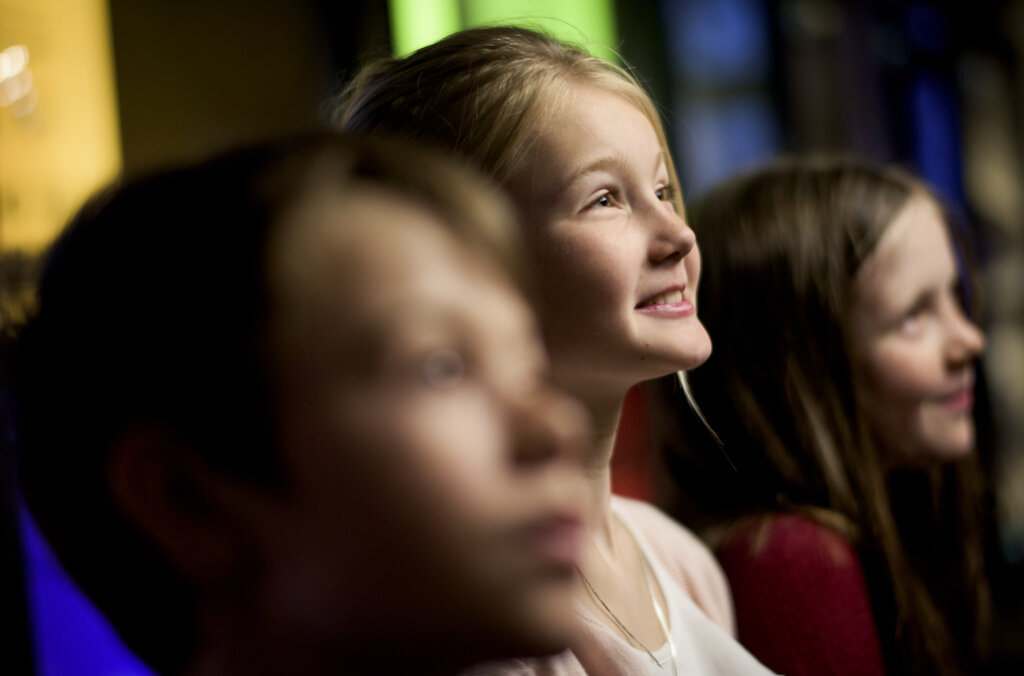
For schools
School Tours
We offer a school tour in English for pupils up to high school traveling to Sweden.
Welcome to Nobel Prize Museum with your school class!
School tour at the museum
60 minutes
Weekdays during opening hours 1 200 SEK
Available during the Swedish semester (mid August – end of June)
Max 30 children up to 18 years/group + 2 teachers
Please send a booking request to Contact us above.
If you have a limited amount of time we offer a short tour for pupils up to high school. We present Alfred Nobel and the history of the Nobel Prize and the latest laureates.
Digital school tour
30 minutes
Weekdays during opening hours 700 SEK
Available during the Swedish semester (mid August – end of June)
Please send a booking request to Contact us above.
For school classes not able to make it to the museum, we also offer a digital guided tour of the museum in English.
On December 10, 1896, an urgent telegram reaches Stockholm from San Remo, Italy. Alfred Nobel, the Swedish chemist, engineer, and entrepreneur, is dead. Many people tensely await the publication of the contents of the will, since it is widely known that Nobel has left one of the world’s largest private fortunes.
To widespread astonishment, Nobel’s last will specifies that his fortune be used to create a series of prizes for those who have conferred the “greatest benefit on humankind”. Five years later, the first Nobel Prizes are awarded in 1901.
Let your class learn more about the fascinating history and background of Alfred Nobel and the Nobel Prizes in this digital guided tour in English.
Visit the museum on your own
Please send a booking request to Contact us above.
In order for you to have a good experience, we want you to pre-register your visit. There are three bookable times per day at 12:00, 13:00 and 14:00. Announce which day and time you want to visit us, which school you come from, age of the students and how many of you are. Also write your name and telephone number so that we can get hold of the responsible teacher if something happens.
When you come here, there is free admission for all classes from primary school to high school up to 18 years of age. Two accompanying teachers also enter for free.
For school groups booked by agents please see the Agent Price List.
Feel free to print material to work with on your own and bring to the museum.